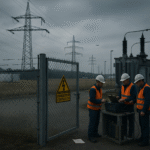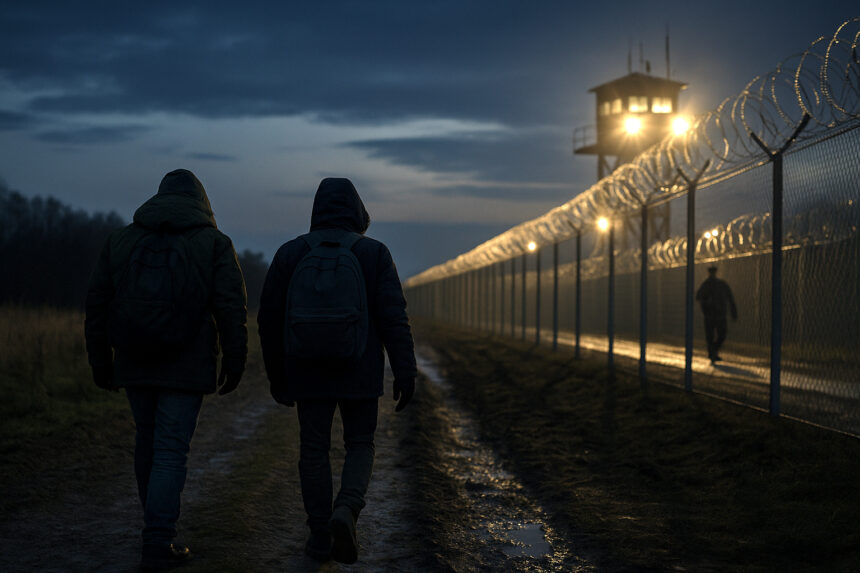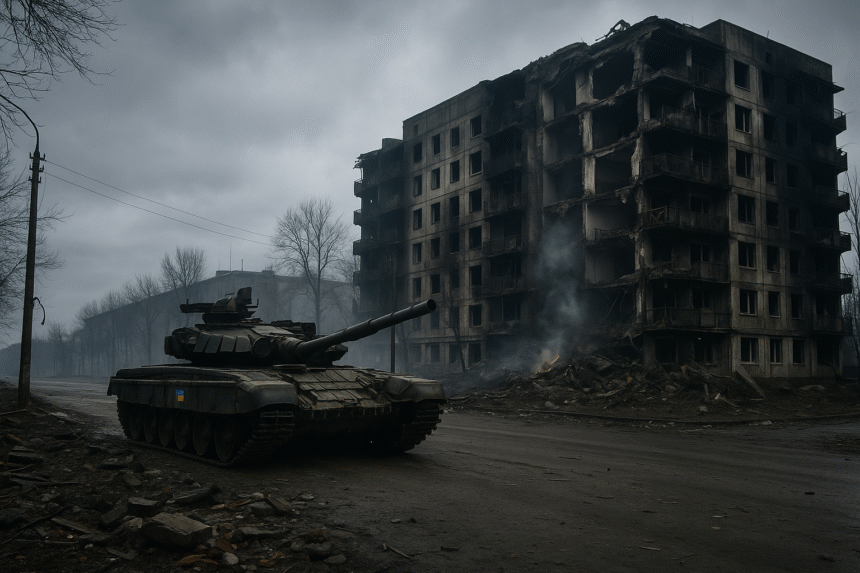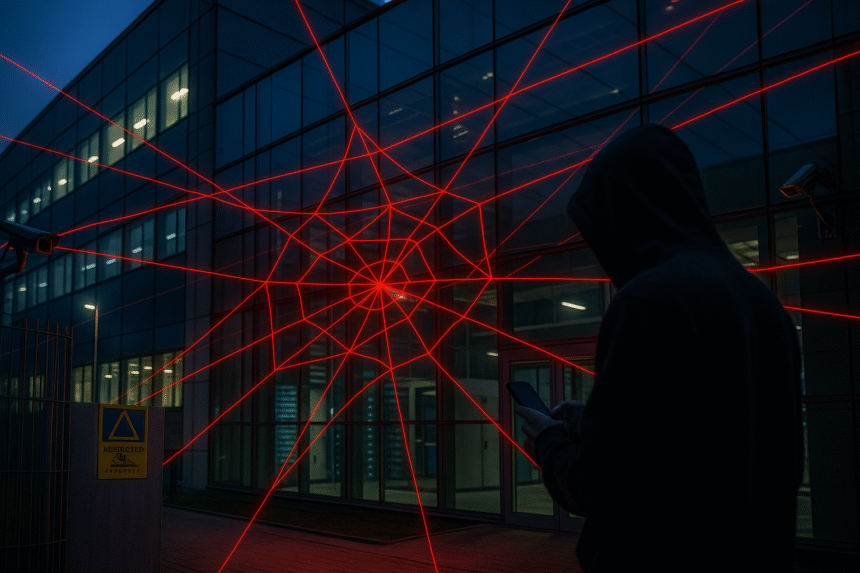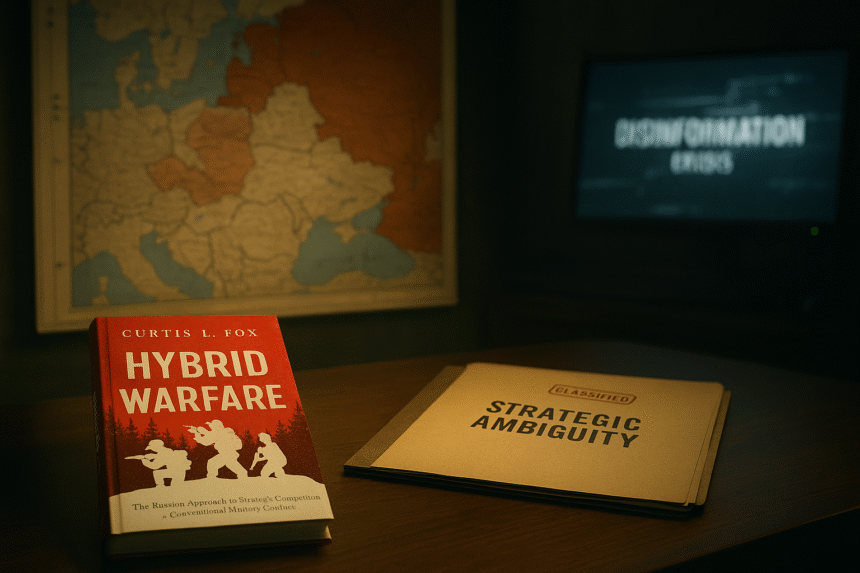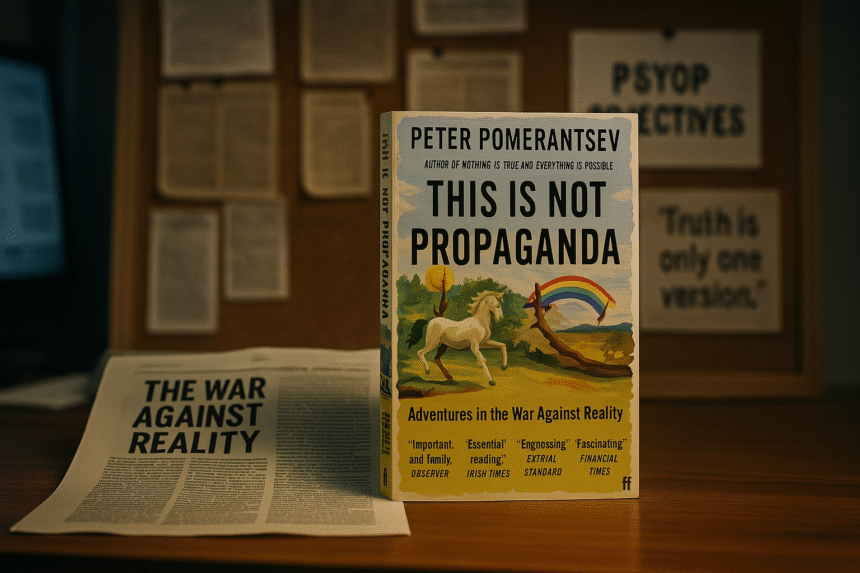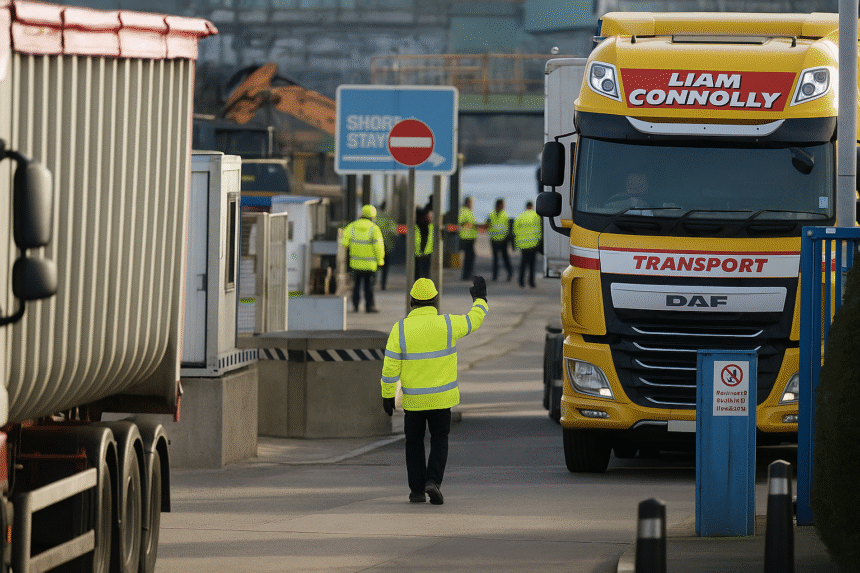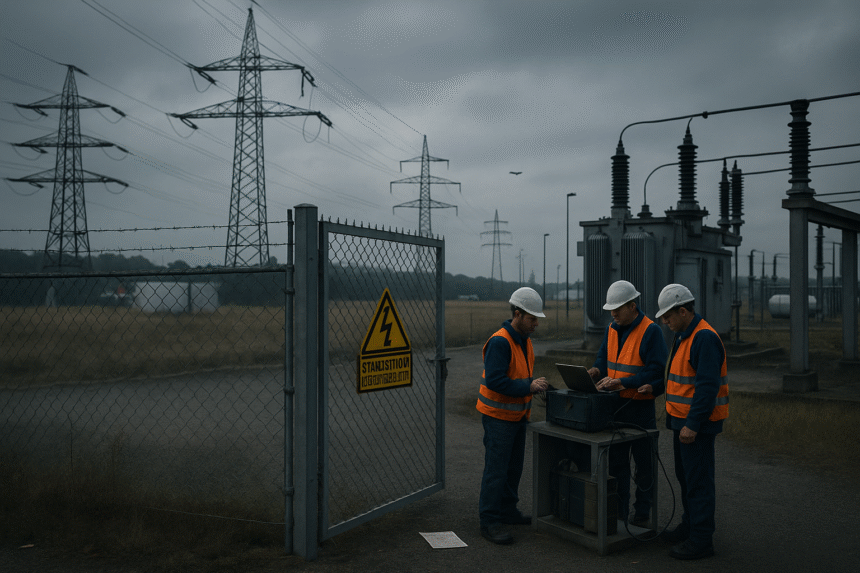Europe’s Silent Siege
Every day, Europe’s cities project strength and prosperity: bustling markets, seamless train journeys, data flowing invisibly across borders. Yet beneath this appearance of stability, a deeper conflict unfolds. The future of European Cultural Resilience — the unseen foundation of the continent’s unity and strength — now hangs in the balance. In 2025, survival depends not only on defending pipelines, ports, and cables but also on protecting the cultural inheritance that sustains Europe’s identity in the face of a hybrid siege.
Infrastructure and Identity: Twin Battlefields
For decades, Europe assumed that critical infrastructure and cultural cohesion would remain shielded from direct strategic hostility. Leaders built treaties, markets expanded, and shared values strengthened political alliances. However, the new strategic landscape, as outlined in the EU’s Strategic Foresight Report, reveals a far more dangerous reality.
Hybrid actors now target not only Europe’s energy grids and digital cables but also its democratic resilience, information integrity, and cultural memory. The report stresses that the EU’s future freedom to act will depend critically on its ability to defend against simultaneous environmental, technological, and societal disruptions. Therefore, defending European Cultural Resilience has become as essential as protecting Europe’s physical infrastructure against hybrid threats.
Hybrid Warfare’s Double Strike
Hybrid threats deliberately weave material sabotage and cultural assault into a single campaign of attrition. According to the 2024 EU Cybersecurity Report, the European Union experienced a sharp surge in cyberattacks across critical sectors in 2023 and 2024, particularly targeting public administration, transportation, banking, and digital infrastructure. Ransomware and DDoS attacks remained the most dominant, accounting for over half of the reported incidents.
At the same time, adversaries escalated their information manipulation efforts, using techniques such as AI-generated disinformation to erode civic trust and distort European identity narratives, as highlighted by EUvsDisinfo and the European External Action Service. These dual pressures — physical sabotage and cultural disorientation — create a feedback loop of distrust, confusion, and fragmentation. Therefore, Europe’s ability to defend its future increasingly hinges on reinforcing European Cultural Resilience alongside restoring its cables, servers, and power grids.
Breaking Memory, Breaking Nations
Adversaries understand that demolishing infrastructure creates headlines, but undermining a society’s memory ensures long-term defeat. Russian-aligned networks pursue both avenues, simultaneously fuelling extremist ideologies, denigrating shared traditions, and weaponising historical grievance. These operations do not simply challenge Europe’s material systems; they challenge its very capacity for unity and self-understanding.
As Curtis L. Fox observes:
“Hybrid warfare aims not only to breach borders. It seeks to unmake the meaning behind borders.”
In this context, defending European cultural resilience means more than just preserving monuments or festivals. It means actively sustaining the civic consciousness that holds diverse societies together under the idea of Europe.
Institutional Blindness Persists
Despite mounting evidence of escalating hybrid threats, Europe’s institutional response remains dangerously narrow and technocratic. The new Critical Entities Resilience Directive (CER), adopted by the European Union in 2022, mandates that member states identify and protect critical infrastructures across sectors including energy, transport, banking, health, and public administration. Moreover, the European Commission’s Policy on Critical Infrastructure Resilience stresses the importance of safeguarding essential services against physical and cyberattacks. However, while these frameworks correctly prioritise technical resilience, they largely neglect the cultural, informational, and societal dimensions of hybrid conflict.
Although the European Commission’s press statement highlights a broadened scope of protected sectors compared to previous legislation, references to cultural cohesion, information integrity, or civic trust remain absent. Consequently, adversaries exploit this institutional gap, shifting attacks from hardened infrastructures to softer targets: memory, tradition, identity. Without an explicit strategic focus on European cultural resilience, Europe defends its cables and pipelines while leaving its civic fabric vulnerable to the silent siege.
Strength Lies in Remembering
Europe must act with clarity and urgency. It must strengthen energy security and physical infrastructure, but it must also restore and defend its civic and cultural unity. European Cultural Resilience is not an academic concept or a nostalgic ideal; it is the foundation of Europe’s survival in the hybrid age.
Without a deliberate strategy to preserve its collective memory, historical awareness, and civic traditions, Europe risks becoming a continent of infrastructures without identities. In the wars of 2025 and beyond, victory will belong to the societies that remember who they are — and why they must endure.
Defend Europe’s Future. Act Now.
Our culture is under siege.
Our leaders look the other way.
If we don’t fight for our heritage, no one will.
This project stands on the front lines — exposing the truth, defending what matters, and rallying those who refuse to surrender.
Your support keeps us in the fight.
Your support makes the difference.
Join us on Patreon. Protect what’s ours before it’s too late.


